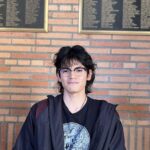Building Science is one of the best Viterbi majors that anyone can choose to study (in my very unbiased opinion of course). Some of you may be wondering what exactly is Building Science. Well, it is a joint Architecture and Civil Engineering program that integrates aspects of building technology such as site selections, gaining a holistic overview of building design ranging from architectural design to structural design, and learning about building aesthetics working synergistically with functionality.
As a current third-year at USC, starting the Spring semester, I’ve had the privilege of experiencing firsthand the richness of the Building Science program. This year, with classes in Structural Design and Architecture Studio Design, has been particularly rewarding as the courses I’ve taken thus far have started to significantly intersect.
One project, in particular, stands out as a pivotal moment in my journey. In my studio design course, ARCH 305A, I was tasked with designing a school with creative freedom that could range from a grade school to a vocational school, or a school dedicated to a topic of my choosing.
This project was a game-changer for me. Not only was I responsible for creating something aesthetically pleasing and functional, but I also had to develop a structural system that considered details such as column, floor deck, and roof deck design – concepts I was learning about simultaneously in my Structural Design I course.
I decided to design a middle school comprised of two buildings, one dedicated to the arts and the other to science, mathematics, language, English, and history. This pushed me out of my comfort zone and forced me to think critically about how structural systems interact with inhabitants’ experiences in a building. In addition one of the design and structural challenges I had to address was how I was going to find a way to integrate these two building programs to create unity in my design. Eventually, I created a glass-walled walkway that went from the second floor of the sciences and humanities building across and connected to the second floor of the arts building. Creating this walkway led me to use curves in its geometry which presented structural challenges I had not learned to address yet, which pushed me to go beyond what I had learned and apply it to a realistic building challenge.
Through performing structural calculations and creating architectural and concept drawings, I strengthened my skills in communication and presentation. This project not only helped me grow academically but also allowed me to appreciate and acknowledge the responsibility I have as a future designer to apply the concepts learned in class to real-world scenarios.
After weeks of long nights spent working, completing this project left me with a sense of satisfaction and pride. Knowing that my designs could potentially impact the lives of future students was incredibly rewarding and reinforced my passion for Building Science. I’m thankful for the opportunities and experiences provided by USC’s Building Science program, and I can’t wait to see where this journey takes me next.















